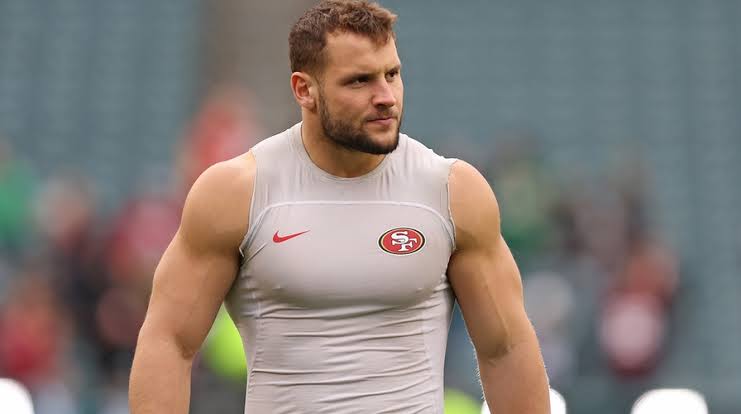The NFL has made numerous public commitments to player safety over the past decade, implementing changes like updated helmet technology, stricter concussion protocols, and modified rules to reduce the risk of injury. Yet, despite these efforts, many players, coaches, and fans argue that one crucial aspect of player safety continues to be neglected: playing surfaces. The #SaferFields movement has gained momentum on social media, highlighting a growing concern about the league’s reliance on artificial turf instead of natural grass, which many believe is far more conducive to player safety.
While the league touts its advancements in technology and medicine, players consistently voice concerns over the injuries that seem more frequent on artificial turf. Studies and player testimonies suggest that the harder, less forgiving surface of artificial fields increases the risk of non-contact injuries, particularly knee and ankle injuries like ACL tears. These fields, unlike natural grass, lack the give and cushioning that can absorb the impact of quick directional changes or hard falls, making them more dangerous for players engaging in high-speed, high-contact movements.
Veteran players like Odell Beckham Jr. and Aaron Rodgers have openly criticized artificial turf, sharing experiences of increased soreness, strains, and serious injuries after games played on synthetic fields. Beckham, who tore his ACL in Super Bowl LVI on artificial turf, has been a vocal advocate for returning to natural grass, stating that it could extend players’ careers by reducing unnecessary injuries. Similarly, Rodgers and others have echoed that it’s contradictory for the NFL to promote safety while maintaining dangerous playing conditions.
The #SaferFields campaign, led by players, their families, and fans, calls on the league to transition all stadiums to natural grass. They argue that if the NFL truly prioritizes player health, then mandating grass fields should be a top priority. Many players feel this is a simple yet impactful step that could dramatically improve the overall safety of the game. They point to the European soccer model, where natural grass is widely used, and field maintenance is prioritized to protect athletes’ health.
Yet, the pushback from owners and the league comes down to cost and logistics. Maintaining natural grass fields in certain climates is expensive and challenging, especially in multi-purpose stadiums that host events year-round. Still, for many players, the argument is simple: no price is too high when it comes to preserving player health and safety. The NFL makes billions each year, and many believe those resources could easily be allocated to ensuring safer playing surfaces across all stadiums.
Ultimately, the debate over natural grass versus artificial turf will continue as players fight for what they believe to be a safer and healthier environment. The league’s response, however, will determine whether their claims of prioritizing player safety are genuine or merely a PR effort to quiet growing discontent. For now, the #SaferFields movement shines a light on the inconsistencies between the NFL’s words and actions when it comes to protecting its most valuable asset—the players.
